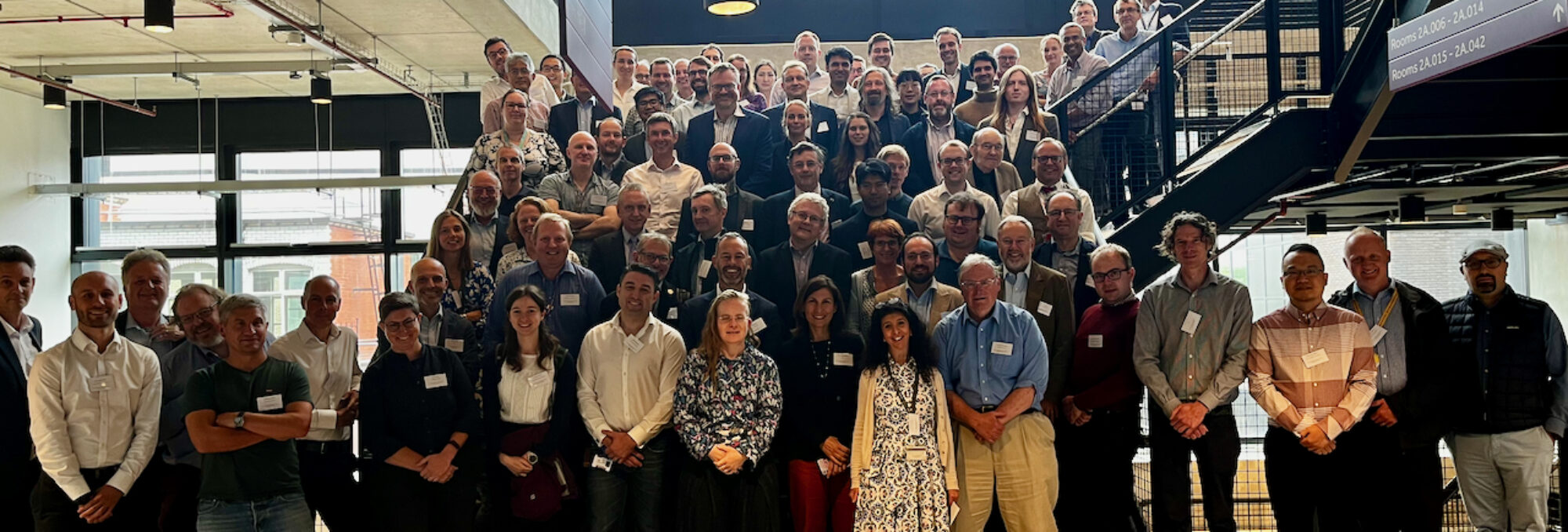1. Radioactive Waste Disposal
Radioactive waste disposal represents the end point for all present and future fuel cycles. Although there is currently a good deal of focus on geological disposal of higher activity wastes in an engineered ‘geological disposal facility’ (GDF) at 200-1000 m depth, there are several challenges in waste disposal. Scottish policy for management of higher activity wastes involves ‘near site, near surface’ disposal of wastes which can be managed in that way, with indefinite storage for those wastes which cannot. In addition, as decommissioning and clean-up gathers pace, increasing volumes of low level and very low level wastes will need to be disposed. All disposal activities have to be underpinned by a safety case which passes regulatory scrutiny and has public confidence. This leads to three specific challenges:
- Site characterisation. In the case of GDF, identification of suitable rock volumes, flow paths and patterns, at the necessary spatial scales in a range of possible geological settings, typically deep, and with low permeability. For near-surface disposals (suitable higher activity waste in Scotland, low level and very low level waste), characterisation of flow paths and patterns.
- Reducing conservatism in safety cases. Safety cases often incorporate very substantial conservatism which can lead to overestimates of risk. Many of these conservatisms arise from a lack of understanding and hence an inability to predict radionuclide behaviour with confidence. Improved understanding, particularly of the physico-chemical processes controlling mobility of key radionuclides would remove uncertainties, allow greater realism in performance assessments and provide more accurate assessments of risk.
- Voluntarism and public acceptance. Radioactive waste disposal has a high public profile, and the ‘volunteer’ process on which Government has embarked has some unique features. Understanding the interplay between scientific elements and wider social, economic and political factors in radioactive waste disposal should allow the waste disposal programmes to proceed more smoothly, with greater probability of success.
2. Contaminated Land
Management of large volumes of radioactively contaminated land is a global problem. On a purely technical analysis, the time and cost of intervention often outweighs any radiological benefit but clean-up is often driven by public and political pressures. There are five challenges in this area:
- Site characterisation. Defining the extent of contamination and its mobility with a minimum of invasive sampling, particularly on operational sites, in order to reduce the time and cost of environmental monitoring and remediation programmes.
- Public acceptance. Understanding the interplay between scientific elements and wider social, economic and political factors in managing radioactively contaminated land should allow the programmes to proceed more smoothly, with greater probability of success
- Biosphere transfers. Many transfers between trophic levels in the biosphere are known only empirically and measured parameters span many orders of magnitude, making assessment of radiological impact very uncertain. Explaining the origins of the observed variability through a better understanding of the underlying processes will improve the accuracy of radiological impact
assessments. - Waste volume reduction and decontamination. Practical technologies for decontamination of large volumes of contaminated land, either in situ or ex situ, will open up more options in its management, either through reducing he volume of material which has to be disposed, or reducing contamination to the point where no further intervention is required.
- End points. It is essential to define and communicate clearly the practical end points for contaminated land remediation so that remediation options can be objectively assessed against a suitable benchmark, such as Monitored Natural Attenuation, and the approach adopted gains acceptance from all stakeholders.
3. Emergencies (Civil and Terrorist)
Releases of radioactivity, whether in accidents or terrorist events, pose particular challenges. There is a need to define the extent of the problem, develop an appropriate response and implement it, all under extreme time pressure, with considerable uncertainty, and with widespread press and public concern. This leads to four challenges:
- Quick characterisation. Defining the magnitude and extent of contamination following a release of radioactivity to inform decision making. In the case of radiological terrorism, this may include high LET radiation, such as alpha, to which many conventional sensors are insensitive.
- Monitoring (in situ & mobile) and data assimilation. Technologies for monitoring contamination in real or near-real time and for integrating data sets obtained in different ways (e.g. on different sampling patterns).
- Decision making and accurate & effective communication. Interpreting technical information and using it both to support decision making and to ensure that communications are accurate and credible.
- Biosphere transfers. Many transfers between trophic levels in the biosphere are known only empirically and measured parameters span many orders of magnitude, making assessment of radiological impact very uncertain. Explaining the origins of the observed variability through a better understanding of the underlying processes will improve the accuracy of radiological impact assessments.
4. Cross-cutting Themes
Within these Grand Challenges, there are three common themes:
- Sooner, quicker, safer, faster- improving programme delivery.
- Spatial and temporal scaling- understanding and predicting across spatial scales from nanometres to kilometres, and across timescales from nanoseconds to millions of years.
- Informing, involving, engaging- earning public trust and confidence.
This information can also be downloaded as a pdf file here
